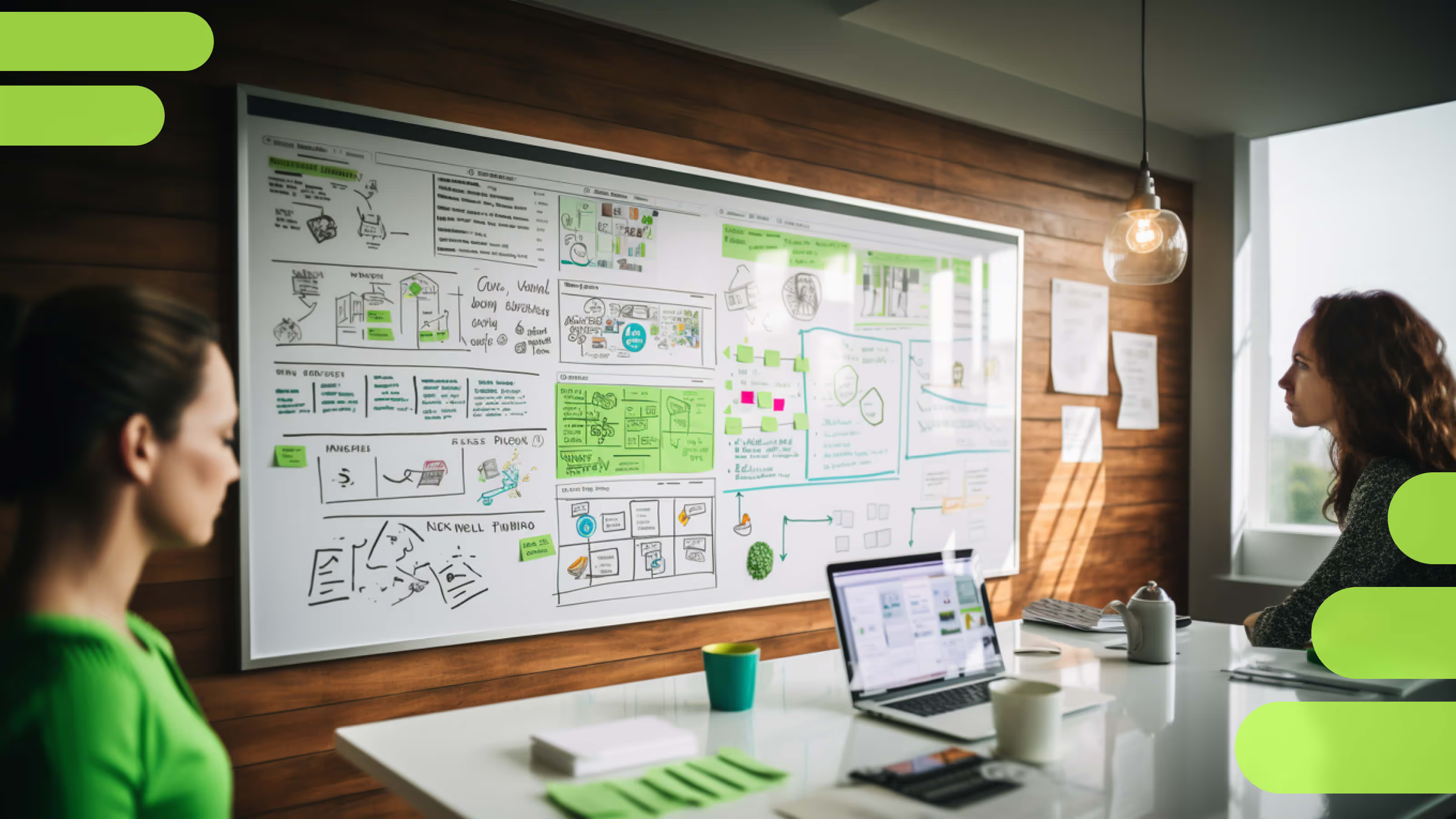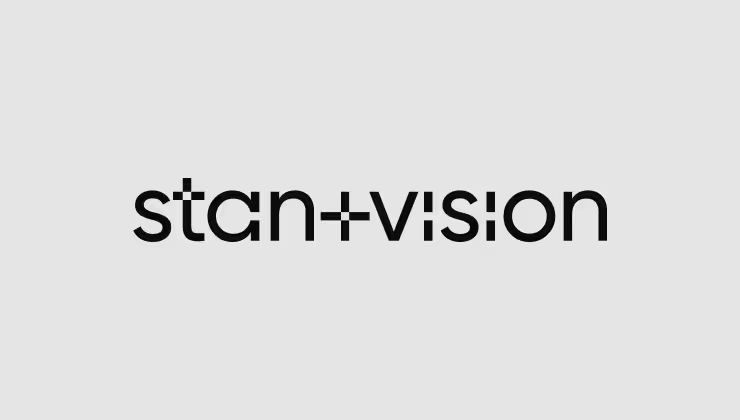What Is Product Design?
Product design is all about creating a user-centered solution that solves a problem and delivers value to both the user and the business. The main task of the product designer is to provide the right product to answer what the user currently needs.
Effective product design is one of the key elements for businesses to remain competitive in today's market, especially when it comes to digital products. This is why product designers conduct user research upfront and, consciously or not - master project management techniques that stand as a backbone for trendy products.

Understanding the Product Design Process: Overview
The product design process helps fulfil the roles and responsibilities of the product designer and their team by ensuring that the product meets the needs of the key user groups, is aesthetically pleasing, and functions as intended.
By understanding the product design process, product designers can work more effectively with their team members and stakeholders, ensuring that everyone has the same vision and works towards the same goal. Ultimately, this leads to a better-designed product that is more likely to succeed in the market.
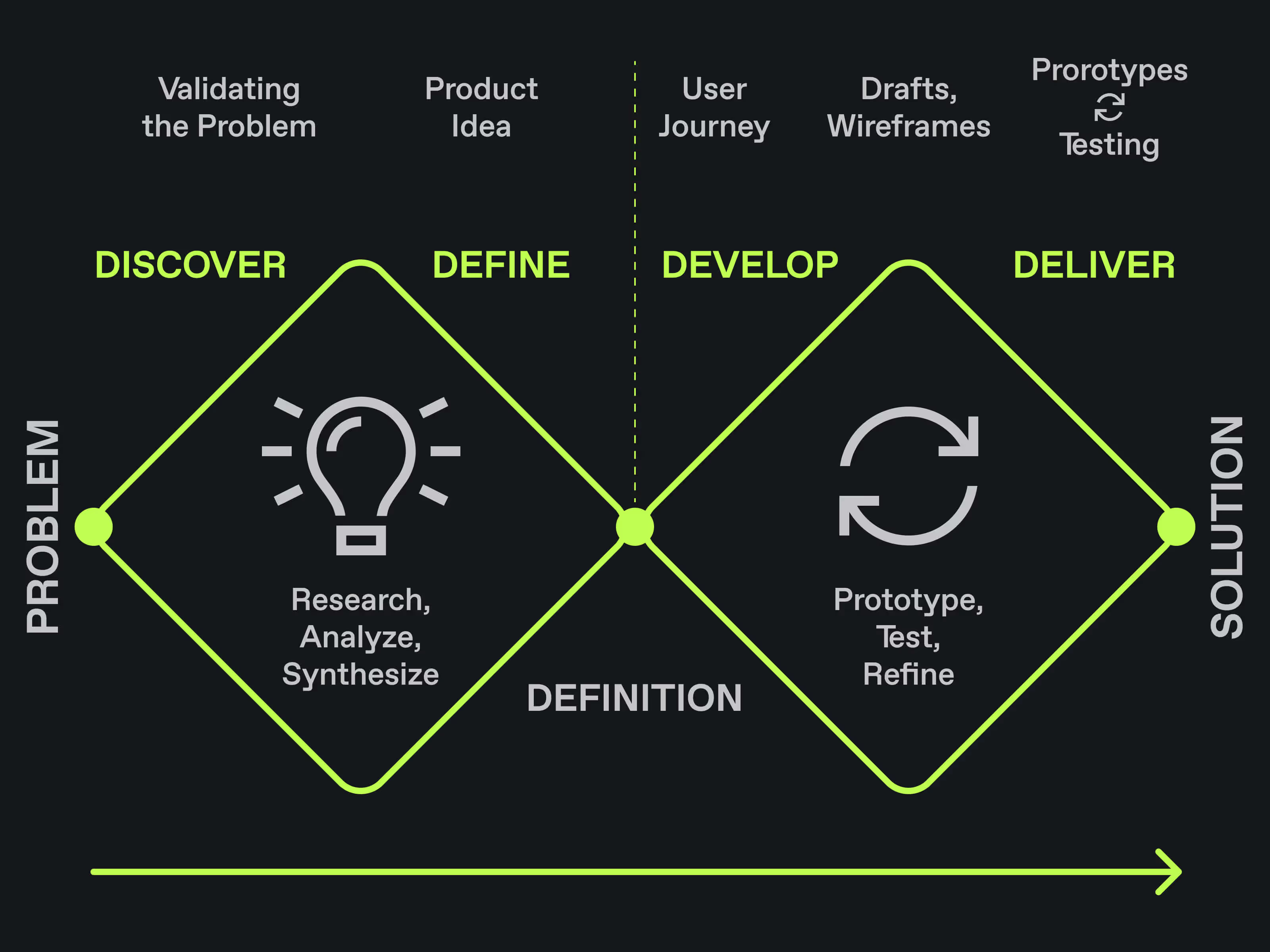
The Importance of a Well-Defined Process
A well-defined process provides a clear roadmap for the entire product design, making it easier for everyone involved to understand what needs to be done and when.
It enables multiple stakeholders to collaborate effectively with the business goal in mind. A well-defined process allows for the integration of different perspectives and skill sets, ensuring that the final design is robust and meets the needs of the target audience.
Key Stages of the Product Design Process
During the product research phase and ideation stage of the product design process, designers focus on generating creative ideas based on user analysis and conducting market research to ensure that the product will meet the needs of potential customers. This stage is crucial to product success and can help ensure that it is well-received by its target audience.
By doing user and market research, designers can create a product that meets the needs of real users and stands out in a crowded market. This can lead to increased sales, positive brand recognition, and customer loyalty.
Understanding User Needs and Pain Points
To generate truly creative ideas, it is important to have insights into the target market and the user’s pain points. This includes user research, creating user personas, and user journey mapping. By doing so, product teams can gain a better understanding of user interaction with their future product.
The process of conducting user research involves gathering data on user demographics, problems, needs, fears, and desires. This helps businesses to define the product and improve it to better meet those needs and create a more satisfying user journey.
Conducting Market Research
Conducting market research begins with identifying direct and indirect competitors. Direct competitors are companies that offer similar products, while indirect competitors offer products that are related or can be substituted for the product being developed. It is recommended to identify the top three direct competitors and an equal number of indirect competitors.
After identifying competitors, it is important to identify areas where the product being developed can differentiate itself and improve upon existing products.
Understanding the Project’s Scope
A clear idea of the project’s scope and goals should be the lead for all activities to follow.
Starting from the business goal and product design specification and finishing with the project’s timeline, a skilled product designer would always have these at hand to go back to.
Making sure every step stays aligned with the project’s scope will help locate resources better to ensure a smooth product development.
Ideation and Conceptualization
During this phase, designers generate and refine ideas for the product. This involves brainstorming, research, and ideation sessions to identify the key features that should be included. The goal of this stage is to develop reliable and realistic representations of the product's purpose, target users, and functionality.
Ideation Techniques and Tools
Idea generation techniques and tools can aid in the selection and refinement by helping teams to evaluate which ideas are most feasible, desirable, and viable:
- Brainstorming is a well-known idea-generation technique that involves generating a large number of ideas in a short amount of time.
- Mind mapping is a visual brainstorming approach that helps to create connections between ideas.
- Design thinking is a problem-solving approach that focuses on understanding user needs and generating solutions that meet them.
One of the popular brainstorming techniques is the SCAMPER method. SCAMPER stands for Substitute, Combine, Adapt, Modify, Put to another use, Eliminate, and Rearrange. This technique involves asking questions that help to generate new ideas by exploring possible changes to existing products or services.
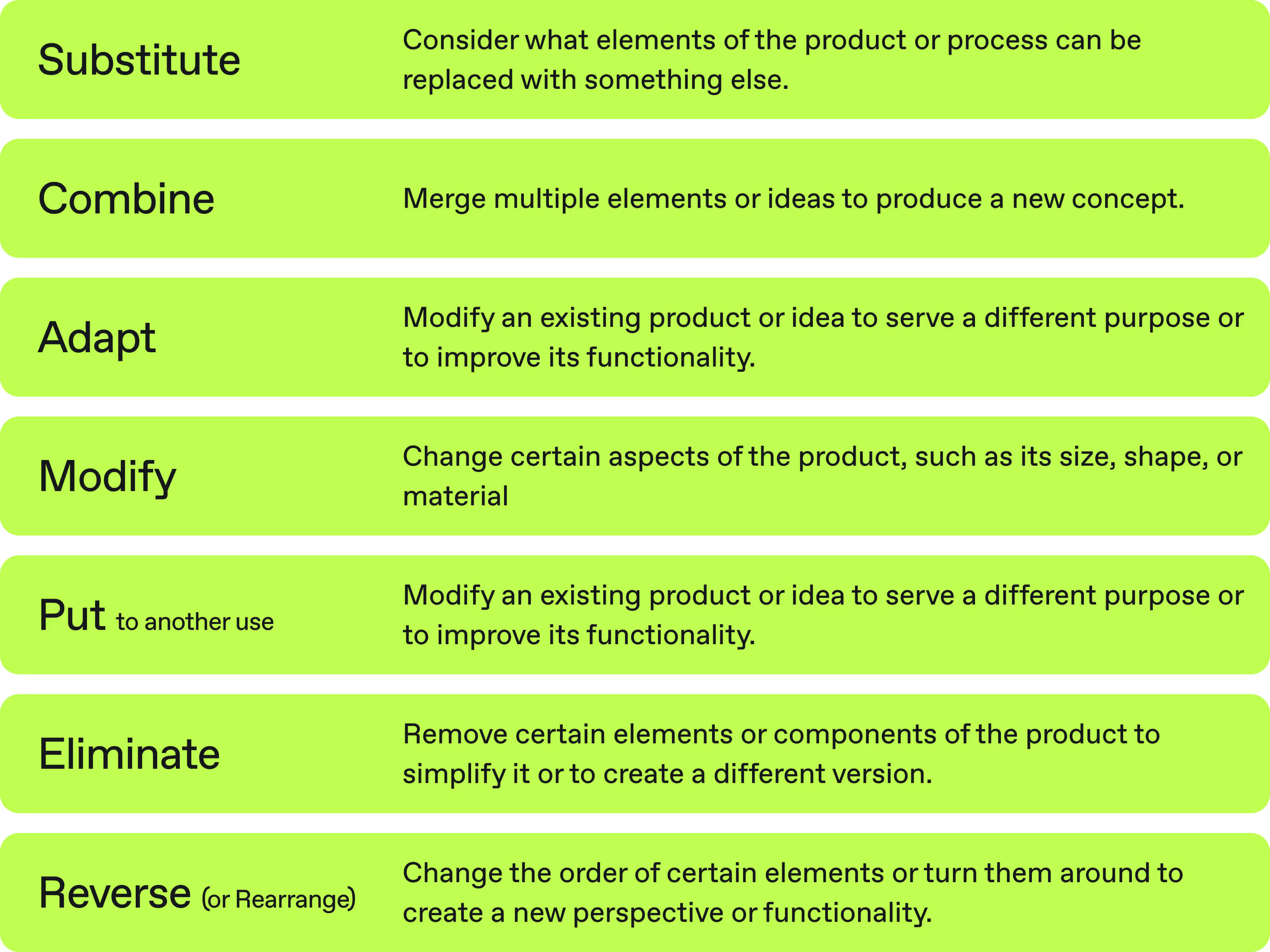
Generating Creative Ideas
When generating creative ideas for product design, it is important to understand the process. The goal is to come up with innovative and useful suggestions. To do this, designers often use brainstorming sessions to generate a large number of ideas quickly.
During this process, all ideas are considered and evaluated without judgment. Once a large number has been generated, designers can then begin to evaluate them based on their potential impact, feasibility, and relevance.
By understanding what motivates and frustrates the target market, designers can create products that meet a real need and stand out in a crowded marketplace. Without this understanding, ideas may be interesting but ultimately irrelevant to the target market.

Developing Design Concepts
Developing design concepts involves several steps in the conceptual design phase. The first step is defining the problem to be solved. This step involves understanding the user's needs and requirements and identifying any constraints that may impact the design. The next step is refining the product design specification, which involves creating a detailed description of the product's features and functionality.
After the initial problem definition, designers will investigate existing solutions. The design team then generates product ideas and concepts and evaluates them. This can involve creating prototypes and user testing to ensure that the solution meets the user's needs.
The process will often end with design iterating, going back through the previous steps as needed until developing a concept that meets the project requirements.
Prototyping and Wireframing
Conceptualization and prototyping are important stages in the product design process. Prototyping involves creating a working model of the product to test its feasibility and functionality.
Building prototypes is an important step in the design process because it can help identify potential issues early on and refine the product before building the final solution. Prototyping can also be used to gather feedback from users and stakeholders, which can inform the design and development of the product.

There are different types of prototypes that can be used in the design process, including low-fidelity and high-fidelity prototypes. Here is the difference:
- Low-fidelity prototypes are quick and easy to create, often used in the early stages of the design process to explore different concepts.
- High-fidelity prototypes are more polished and detailed and used to simulate the final product as closely as possible.
Designers should select the appropriate prototyping technique based on the stage of the design process and the prototype goals. For example, low-fidelity prototypes may be more appropriate for exploring design concepts, while high-fidelity prototypes may be better suited for testing specific product features and functions.
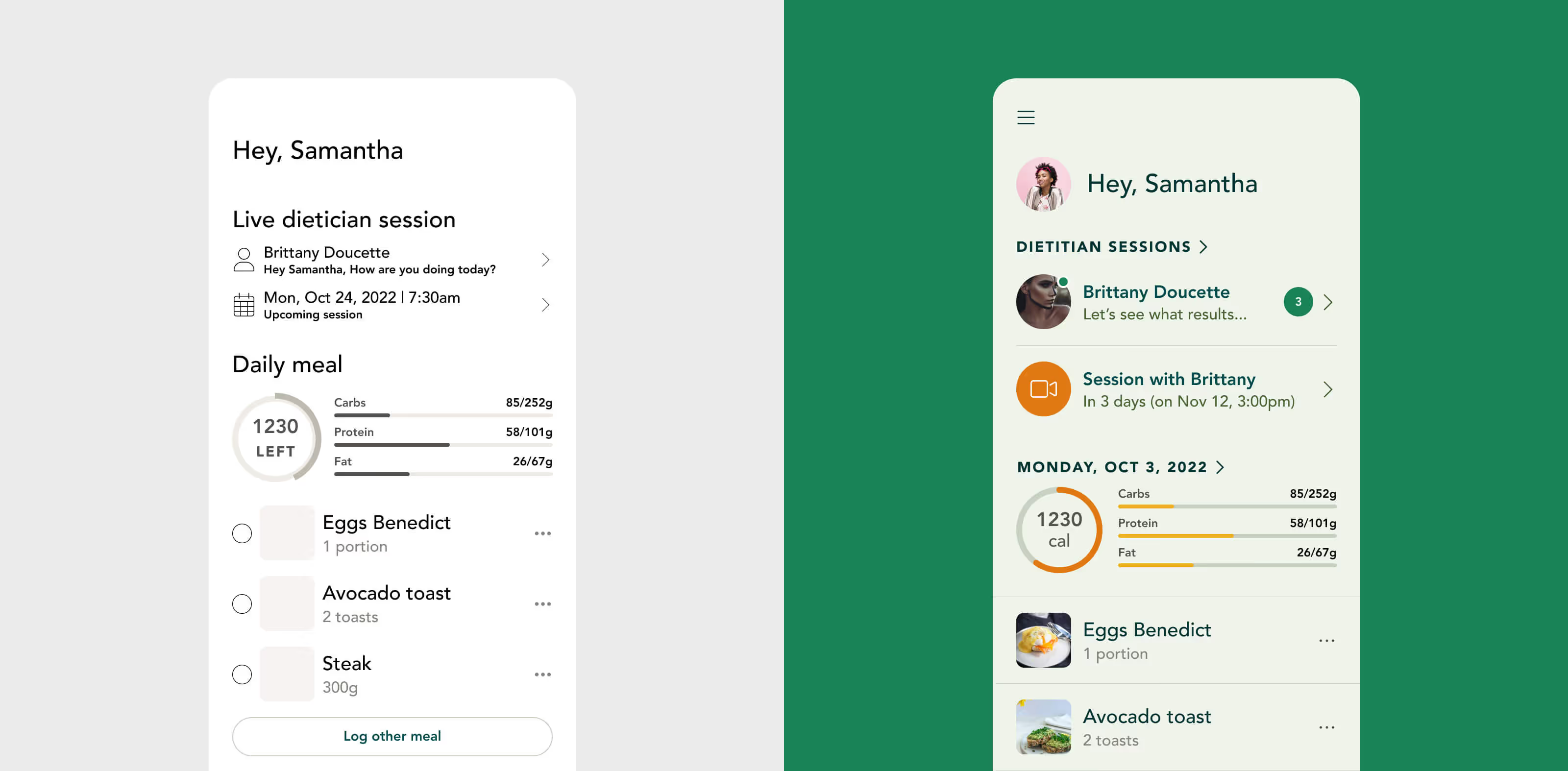
Creating Wireframes and Mockups
Wireframes serve as the backbone of the product and are useful for discussing ideas with team members and stakeholders. They provide a clear picture of the product's layout and functionality and allow for quick iteration and testing.
Different types of wireframes, such as sketches and digital illustrations, can be used depending on the designer's preference and the project's requirements.
Mockups are used to visualize the final design and are often created after the wireframes have been finalized. They show a more detailed and realistic representation of the product's interface, including colors, typography, and other visual elements.
Rapid Prototyping Techniques
Rapid prototyping techniques are an essential part of the product design process. Prototyping enables designers to test their ideas and designs quickly and efficiently. Rapid prototyping techniques take this process one step further, allowing designers to create prototypes in a fraction of the time it would take with traditional methods.
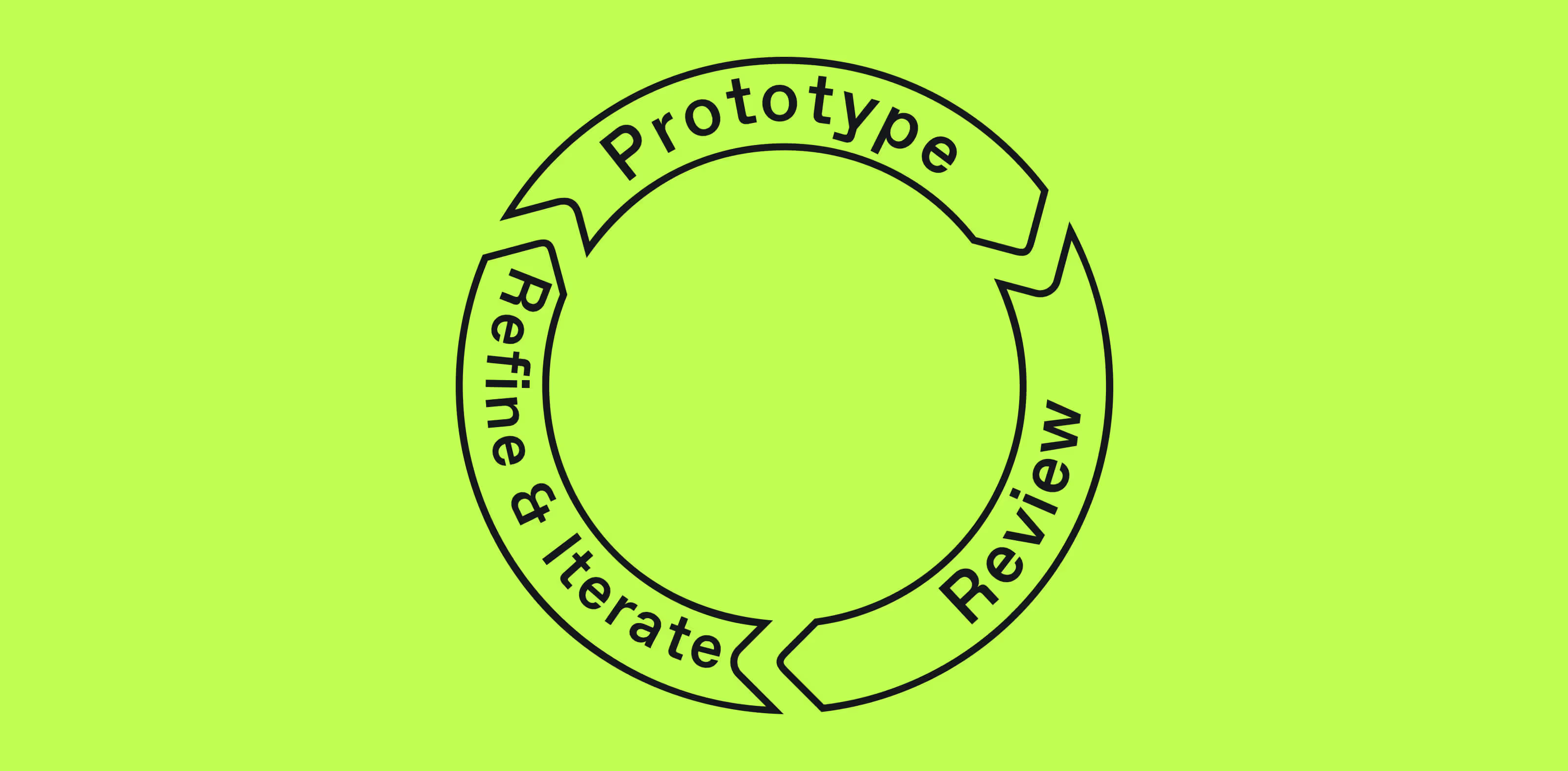
The process can be broken down into three stages: prototyping, reviewing, and refining. In the prototyping stage, designers create a basic prototype of their product. In the reviewing stage, the prototype is tested, and feedback is collected. Finally, in the refining stage, the feedback is used to make changes and improvements. This process is repeated until the final product is ready for production.
Design and Development
Design plays a crucial role in shaping the perception of a product and influencing purchasing decisions. Designers must strike the right balance between form and function, incorporate brand identity into the design, and choose the right design approach to create a compelling user experience and build brand identity.
Visuals Influence Consumer Perception and Purchasing Decisions
Design aesthetics can significantly impact consumer perception and purchasing decisions. Aesthetically pleasing products are perceived to be of higher quality and more reliable, leading to an increased willingness to pay. In contrast, poor design can result in negative perceptions, leading to a decrease in sales.
Design Aesthetics Strengthen Brand Identity
Incorporating brand identity into the design requires utilizing elements such as color palette, typography, and visual style that align with the brand's personality and values. Consistency is also crucial in representing the brand across all design elements, including graphics, user interfaces, and marketing materials. A consistent brand identity helps build brand recognition and loyalty.
Striking the Right Balance Between Form and Function
An aesthetically pleasing design can enhance the user experience and differentiate the product. However, functionality should not be sacrificed for the sake of aesthetics. Products that don't perform as expected will not succeed in the market, regardless of how good they look.

Minimalism vs Rich Design: Choosing the Right Approach
Minimalism and rich design are two approaches to product design, each with its advantages and considerations. Minimalism emphasizes simplicity and functionality, while rich design focuses on visual appeal and immersive experiences. Designers must choose the approach that aligns with the brand's personality to create the desired user experience.
Designing for User Experience (UX)
Incorporating UX in the product design process is crucial to ensure the success of a product. UX designers focus on refining a product based on user behavior research and journey maps, which help in creating intuitive and seamless user experiences. By incorporating UX principles, designers can strike the right balance between aesthetics and functionality.
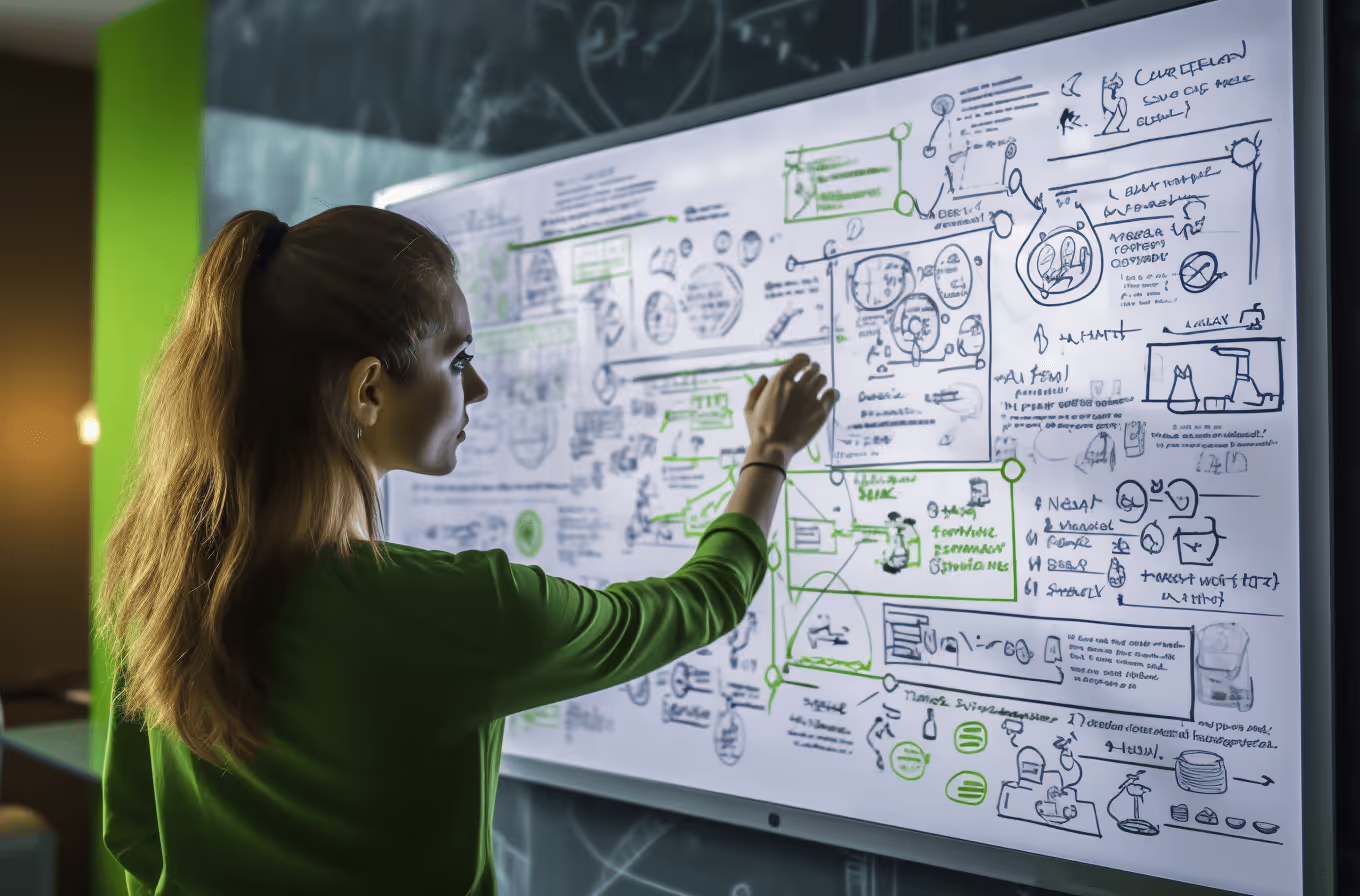
This results in products that are not only visually appealing but also user-friendly, increasing user satisfaction. Therefore, it is essential to involve UX designers in the product design process from the beginning to ensure that users' needs are met and the product is successful.
Understanding UX Design Principles
UX design principles are a set of guidelines that help UX designers refine a product based on research into user behavior and increase user satisfaction. By following these principles, designers can create products that are not only easy to use but also provide an enjoyable user experience.
During the conceptual design phase, designers typically follow the principles of product design that make it easier for everyone to stay on the same page with the business objectives and product strategy.
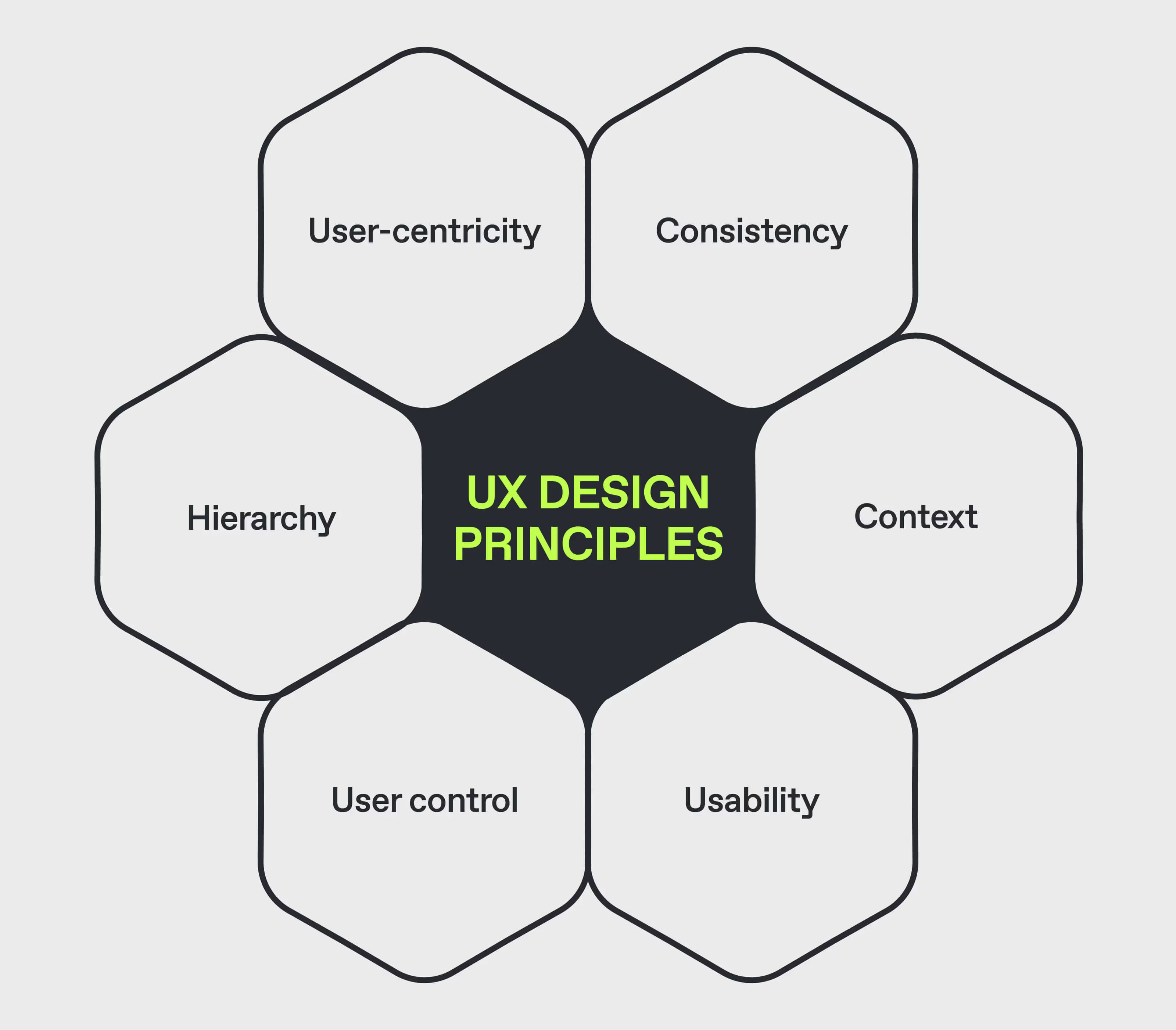
Intuitive and Seamless User Journey mapping
Creating intuitive and seamless user experiences is essential in the product design process.
One effective way to create these experiences is through user journey mapping. This process involves identifying important goals and incorporating empathy maps to explore different versions of each journey.
Development Collaboration
Collaboration and communication are key to implementing design thinking. Creating a product that solves a user's problem requires input from multiple perspectives.
To successfully create a product that meets user needs and satisfies stakeholders, designers must work closely with others involved in the project.
The Role of Collaboration in Product Design
Collaboration is a critical component of the product design process.
Design collaboration tools play a vital role in enhancing collaboration efficiency and facilitating remote collaboration. By enabling team members to share ideas, provide feedback, and track progress in real-time, these tools help to streamline the design process and ensure that projects are completed on time and within budget.
Effective Communication Between Designers and Stakeholders
Effective communication is crucial between designers and stakeholders to ensure that the product design process runs smoothly. That's how design concepts can be understood and approved by the team and stakeholders. A well-structured communication often involves a kick-off meeting, regular update meetings and a final reflection.
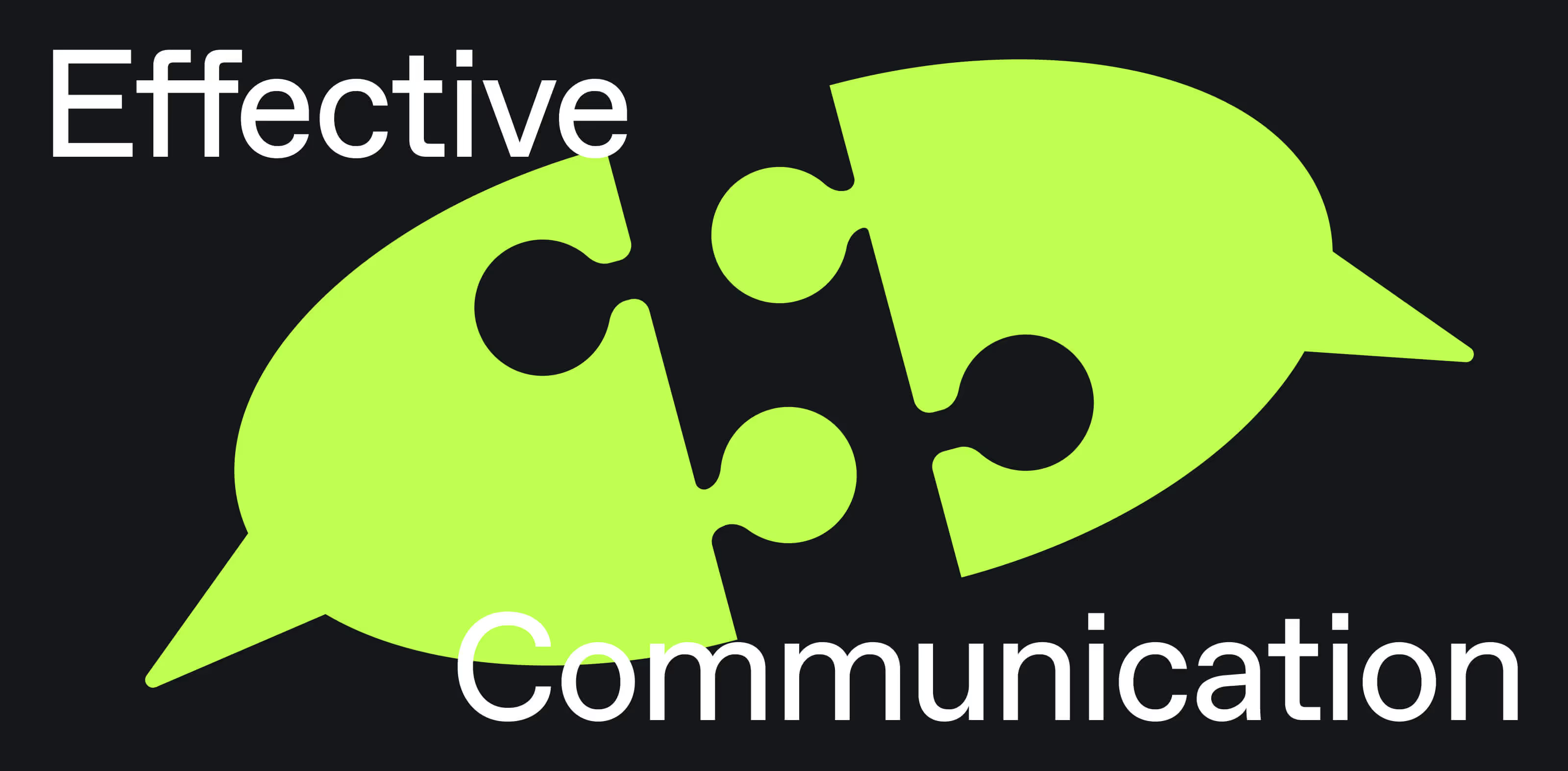
Using Design Collaboration Tools
Using design collaboration tools can be an essential component of the product design process. With popular tools like Figma and InVision, teams can quickly iterate through design ideas, build prototypes, and gather feedback from stakeholders.
A visualization tool facilitates efficient workflow by enabling designers, product managers, and engineers to work together seamlessly. Designers can share their work with others, receive feedback, and make changes in real-time.
Product managers can track progress, provide input, and ensure that the team is aligned with business goals. Engineers can provide technical input and ensure that designs can be implemented effectively.
Design Evaluation and Refinement
Design evaluation and refinement is a critical process in the development of effective product design. It involves assessing the resulting design and improving its effectiveness through a series of steps.
It sometimes involves making changes to the product's features, improving its functionality, or adjusting its marketing strategy.
Usability Testing
A good usability test should include realistic scenarios that users are likely to encounter in real-life use, and it should measure both task success and user satisfaction. The test should also be conducted in a neutral and unbiased manner, with no leading questions or cues that might influence user behavior.
There are different methods of conducting usability tests, depending on the product, the stage of development, and the resources available:
- Lab testing - Users are observed and interact with the product in a controlled environment.
- Guerrilla testing - Researchers go out into the field and approach people randomly to test the product.
- Remote usability testing - Users interact with the product from their own devices and locations.
Gathering Feedback from Stakeholders and User Research
This step provides valuable insights into user needs and preferences, which can inform product design decisions. Additionally, gathering feedback early and often can help avoid the need for major rework down the line.
There are several strategies and methods for collecting feedback from users, including online surveys, email questionnaires, and interviews. These methods can be used to gather both quantitative and qualitative data, providing a well-rounded understanding of the end user:
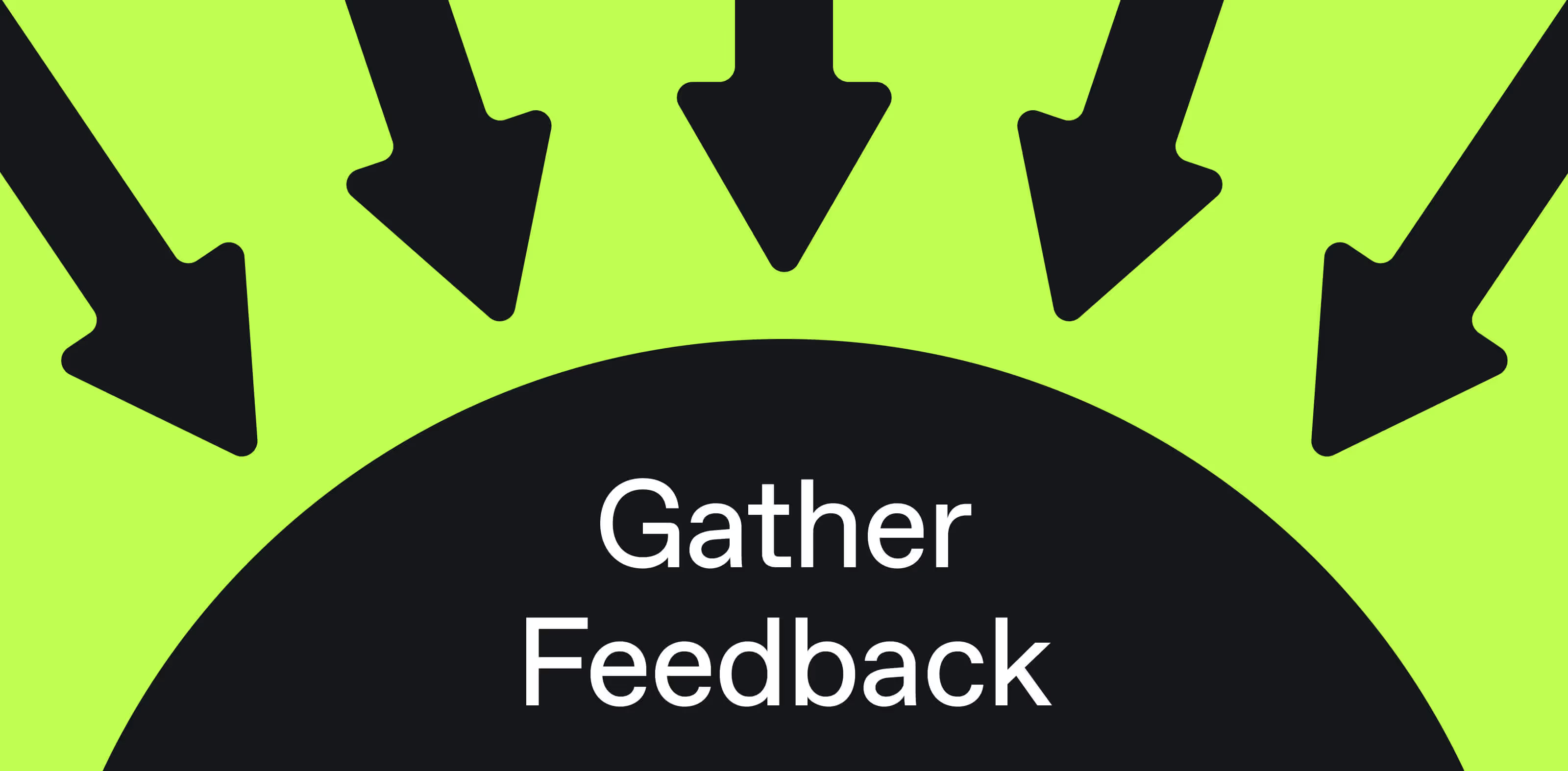
- Online surveys are a cost-effective way to gather feedback from a large number of users.
- Email questionnaires are another option for gathering feedback, particularly for users who are more difficult to reach through other methods. These questionnaires can also be personalized.
- Interviews can provide more in-depth insights into user needs and preferences.
Iterative Product Development Process
The importance of iteration in creating a successful product design cannot be overstated.
Through each iteration, designers gain valuable insights into the user experience and can make informed decisions about how to improve the product. This process helps to ensure that the final product is not only functional and attractive but also meets the user's needs and expectations.
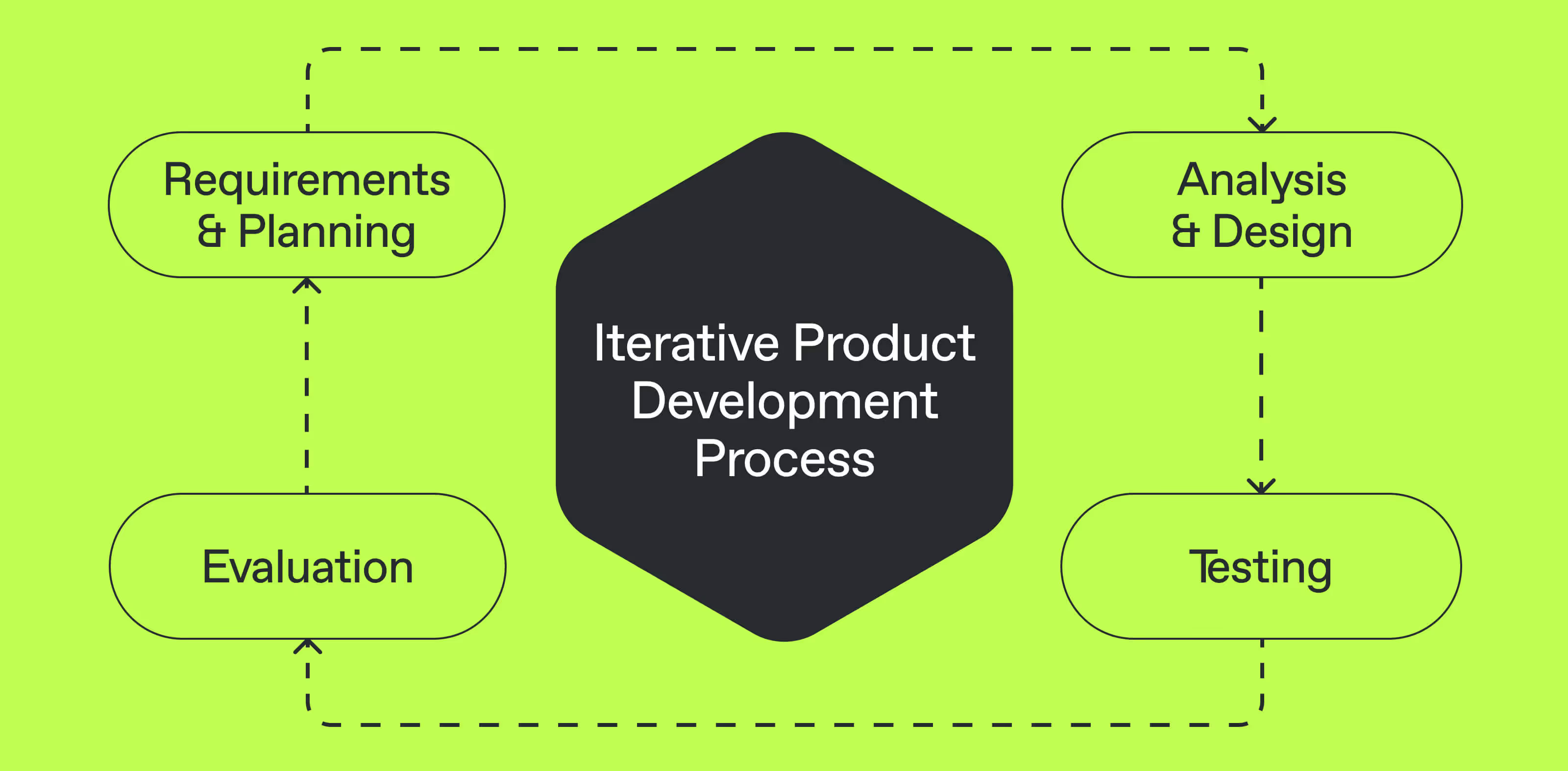
Importance of Rigorous Testing
Rigorous testing ensures that the product design meets the intended outcomes and provides a great user experience.
Adequate testing also helps to ensure that the product is safe, compliant with industry standards and meets the needs of the intended audience.
By investing time and resources into rigorous testing, designers can create products that are not only functional but also enjoyable to use, ultimately leading to increased customer satisfaction and loyalty.
Types of Testing in Product Design
Two common types of testing in product design are A/B testing and SWOT analysis.
A/B testing involves comparing two design versions to see which performs better with users, allowing for data-driven design decisions.
SWOT analysis provides an objective assessment of a product design's strengths, weaknesses, opportunities, and threats.
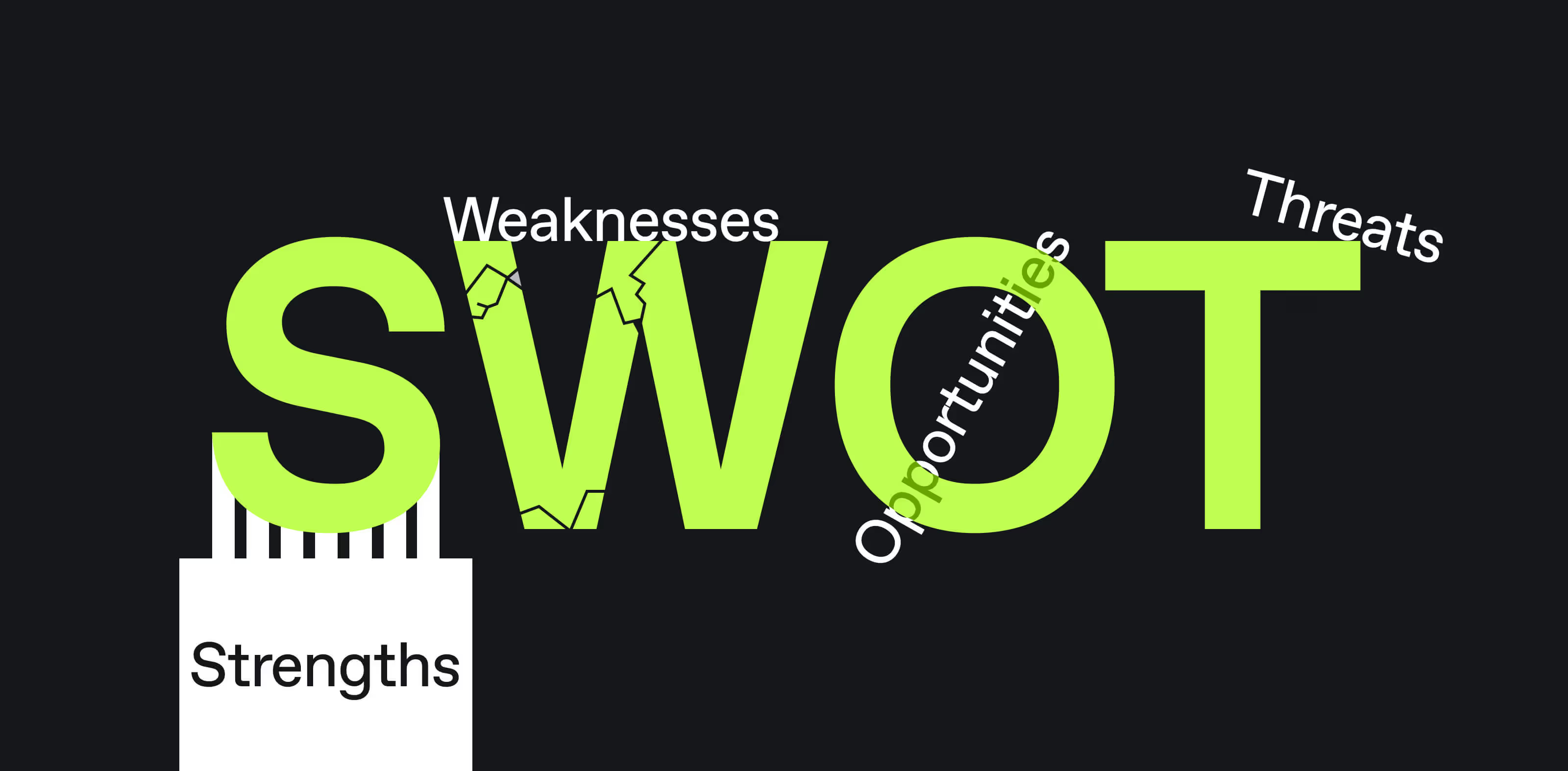
Ensuring Quality and Performance
Quality assurance (QA) is essential to ensure that the final product meets customer expectations and industry standards. Conducting pre-release testing helps establish the quality of the solution and ensure its accordance with requirements and target audience expectations.
This process involves testing the product at different stages of the design process to identify and address any issues that may arise.
Launch and Post-Launch Activities
Once the product has been developed and tested, the team will move into the launch phase. During this phase, they will work to create marketing materials and launch campaigns that will promote the product to its target users.
After the product has launched, the team will shift their focus to post-launch activities. This may include monitoring user satisfaction and engagement, analyzing product performance metrics, and making updates and improvements based on consumer's opinion.
Collaboration With Development Teams
Benefits of collaboration between the product design team and the development team include improved functionality and feasibility of design concepts, as well as a shared understanding of the product vision and goals. It is important to establish clear communication channels and create a shared understanding of the product vision to avoid any communication challenges along the way.
Overcoming Implementation Challenges
The implementation phase of the product design process can present a range of challenges, such as technical constraints and unexpected issues. To ensure a successful product launch, designers should keep a few key considerations in mind. These include:
- Breaking down the implementation process into smaller, more manageable tasks
- Creating contingency plans
- Staying flexible in the face of unexpected challenges.

Planning for a Successful Product Launch
Planning for a successful product launch involves careful consideration of a range of factors, including market research, product positioning, and marketing strategies. It is important to create a clear plan that outlines the steps involved in launching the product and identifies potential risks and challenges.
Post-Launch Evaluation and Feedback
Conducting a post-launch evaluation and gathering feedback is an important part of the product design process. This process can provide valuable insights into the success of the product, as well as areas for improvement. It is important to gather feedback from a range of sources, including users and stakeholders, and to use metrics to track product performance over time.
Analyzing User Feedback and Metrics
Analyzing user feedback and metrics is a key part of the product design process. This process involves collecting and analyzing data on user behavior, preferences, and satisfaction, as well as tracking key performance indicators such as user engagement and retention. By analyzing this data, designers can gain valuable insights into refining the product and improving its performance.
Continuous Improvement and Updates
Continuous improvement and updates are essential for ensuring that the product meets the evolving needs of the users and market. By analyzing customer assessment and metrics, designers can identify areas for improvement and prioritize updates accordingly. It is important to stay agile and responsive to changing user needs and market trends.
Post-Launch Support and Maintenance
Post-launch support and maintenance are important for ensuring the ongoing success of the product. This involves monitoring the key metrics of the product, catching bugs and issues, and implementing A/B testing to refine and improve the product over time. By providing ongoing support and maintenance, designers can ensure that the product continues to be a proper solution for user needs and remains competitive in the market.

